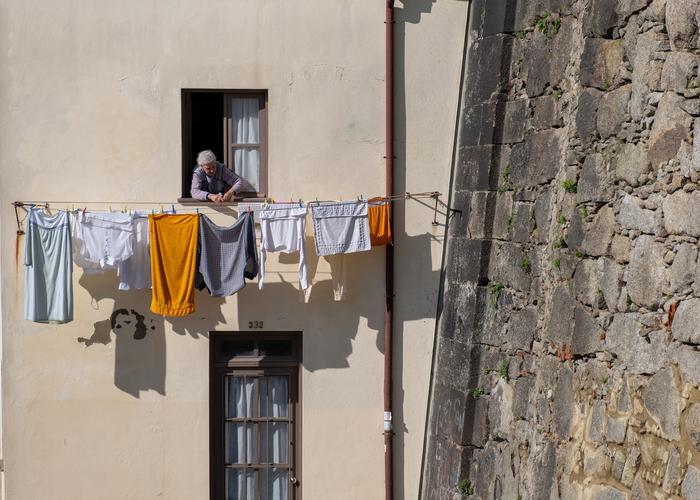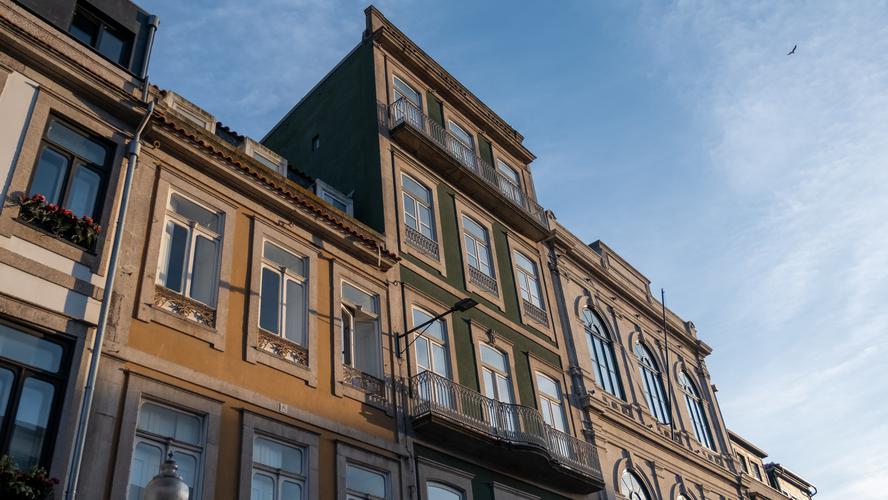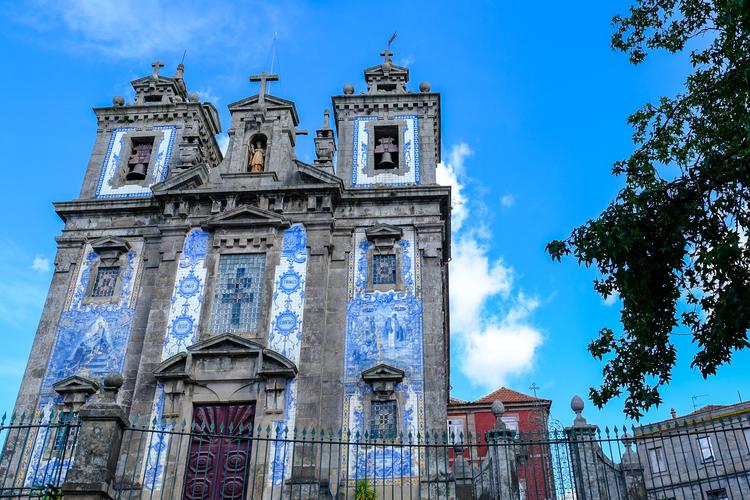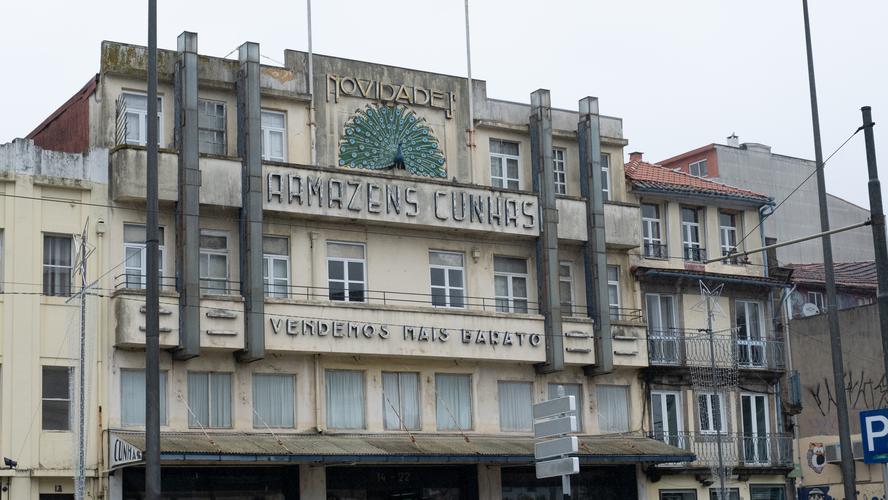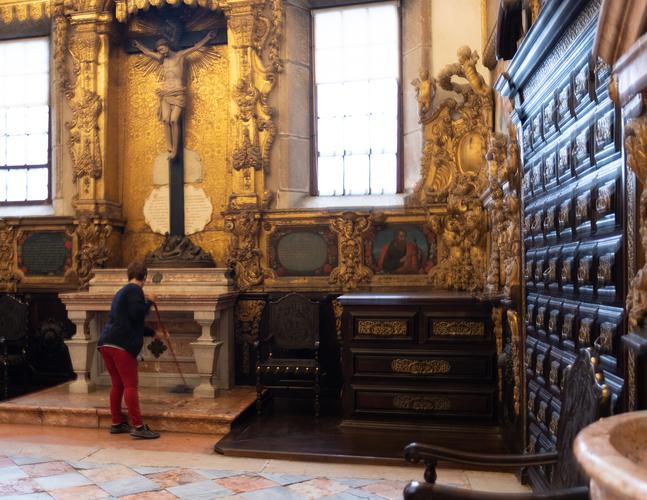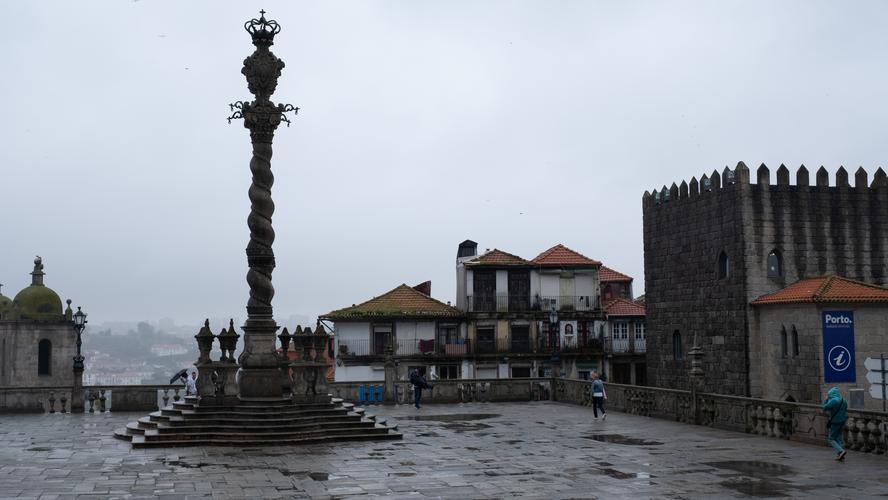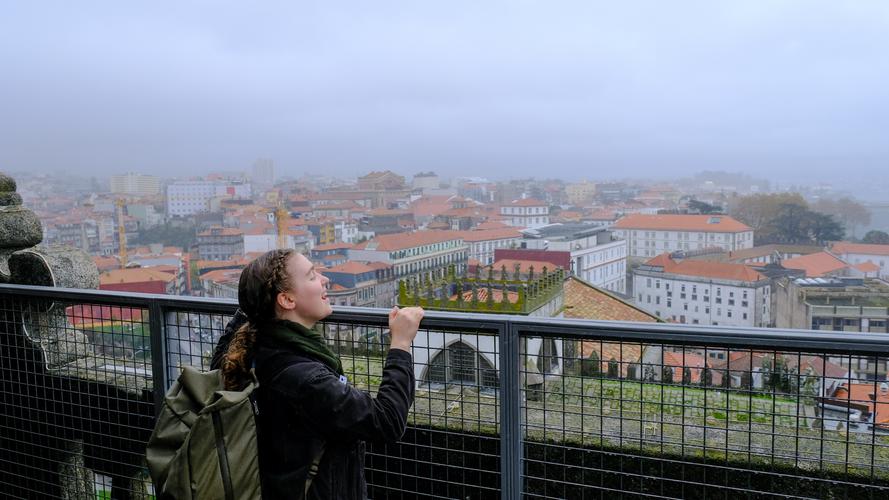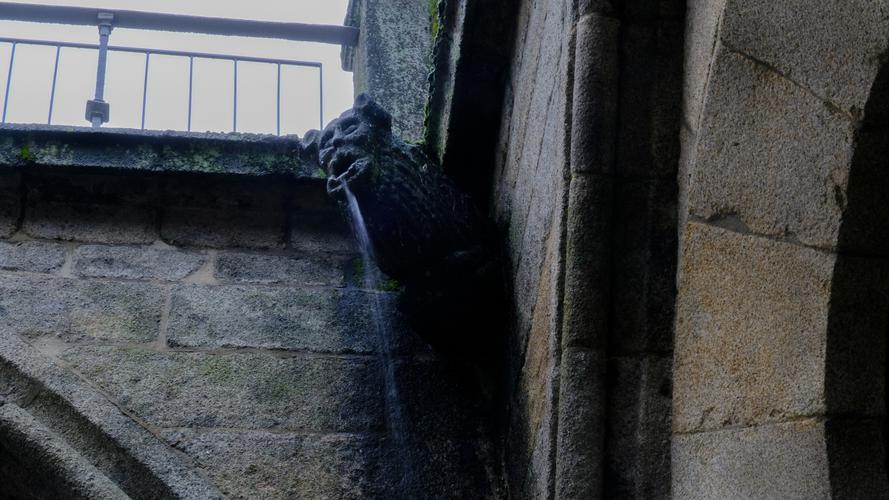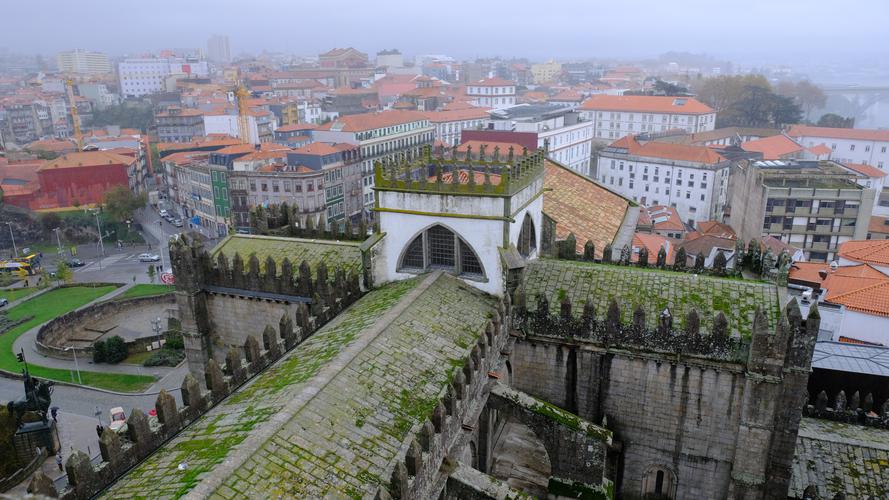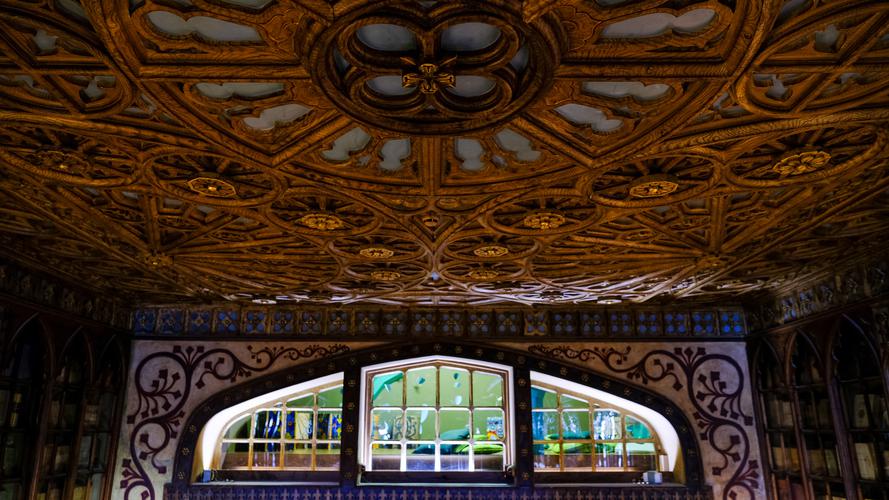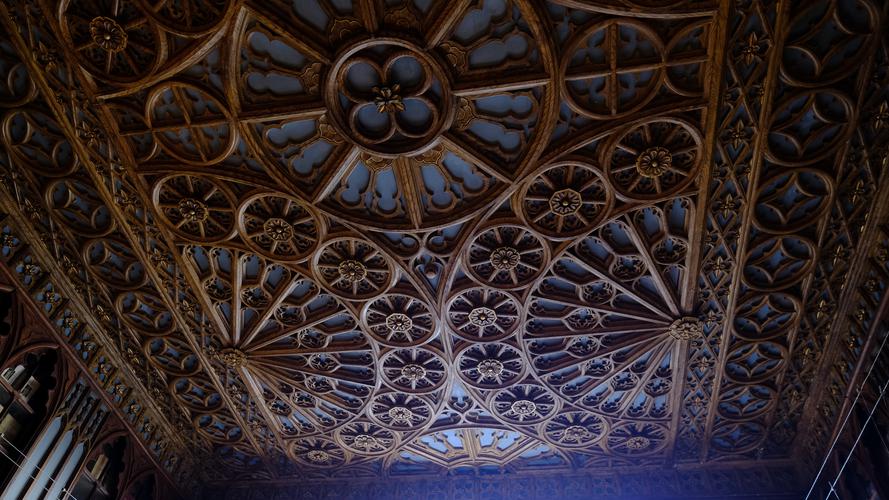Porto
Recently, I was invited to give a talk at a philosophy workshop co-located with one of the conferences on interdisciplinary science in Porto. I spent close to two weeks in town. Dylan was in London for a meeting; we were lucky enough to be able to overlap our trips and take a little break in Porto for a few days.
Porto seems like a city in flux. When you talk to locals, they say it was very different five years ago. There's evidence of this in the cityscape. Wandering around parts of porto you'll find brand new developments sprouting out, giving the city a new face.
While the city seems to be growing and changing, by taking a few steps off the path---or, in some cases while staying on the path---you'll find derelict buildings. Walking to my accommodation when I arrived, I spotted a hollowed out building wedged between two still in use. Looking in the vacant windows you could see the roof had fallen in and only a few beams were left. This is the case in some of the more touristy areas as well. Next to some of the major museums, the university, or on your way to one of the port houses, you'll find buildings that are boarded, or with shattered windows.
I'm not sure what the story is there.
One of the reasons to visit Porto is to enjoy the architecture. Many of the city's historic buildings are covered in beautiful tiles. The facades and interiors of public spaces---including churches and train-stations and the like---are covered in scenes that are painted on tiles. The waterfront buildings are vibrant and colourful. You'll find bright buildings with clotheslines air-drying laundry above wine houses with delicious tapas.
There are also many examples of Baroque churches throughout town. These are gilt to excess, putting even spanish churches to shame. I guess that's the historical bounty of pillaging Brazil on display. While impressive, these churches are overwhelming: one was enough for me.
Interestingly, the cathedral is less visually shocking. Situated at the top of the hill overlooking both sides of the river, it's an older, more reserved example. I visited in the hopes of escaping a torrential downpour until the weather cleared. This was an excellent opportunity. While gargoyles have kept watch over many places I've visited, this was the first time that I'd seen one performing it's less spiritual duty: siphoning water away.
While I was aware of the cathedral before making my impromptu visit, I didn't know that one of its towers was open to the public. Clerigos Tower is most frequently suggested by travel guides, but the view from the cathedral is much more grand. Climbing up from the courtyard, you emerge to a panoramic view---possibly the highest in town.
The character of the city's architecture can be found not just in the facades of buildings, but also in the details and construction techniques. Many of the historic buildings in Porto with rich wood panelling actually have no wood at all! For instance, the walls and staircase of the famous bookstore, Livraria Lello, are made from plaster. At first glance, you wouldn't think it. Even when you're primed and looking for examples around town, it's difficult to discern the plaster imposters from the genuine lumber articles. Only when the facades are worn and chipped is it possible to be certain.
The people in Portugal are friendly and patient. They even overwhelmingly tolerated my terrible Portuguese. Some even taught me words so that I could make it through my next order at the local bakery a little more efficiently. Portuguese bakeries are as good as they are prolific. It's easy to start the day by grabbing and espresso and a tart while sitting in in a square.
Dylan and I happened to be visiting Porto during the 2019 Canadian federal election. When we sat down for dinner on the eve of the election, we found that the couple seated next to us at the bar were a couple from Calgary living in Vancouver. It's a small world.

